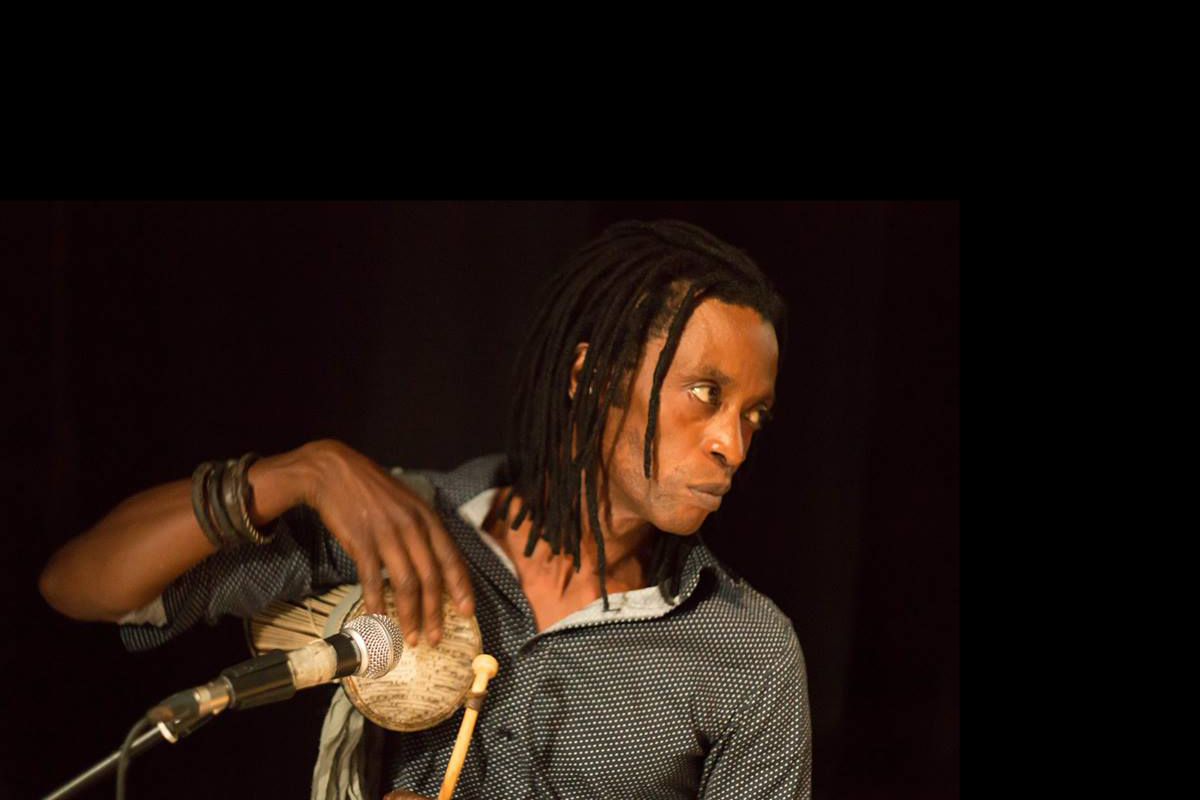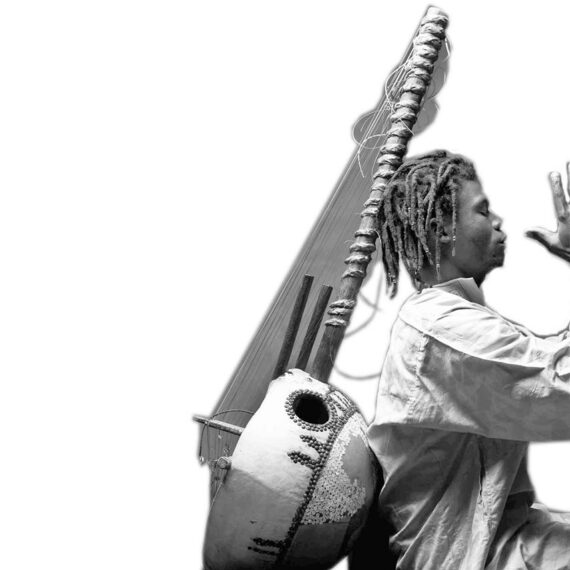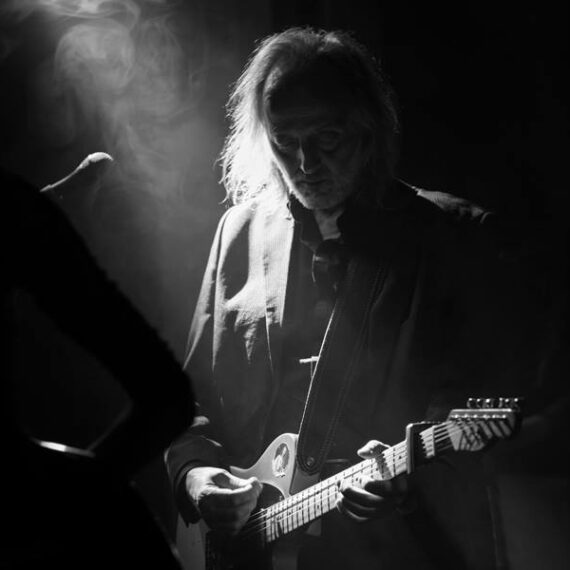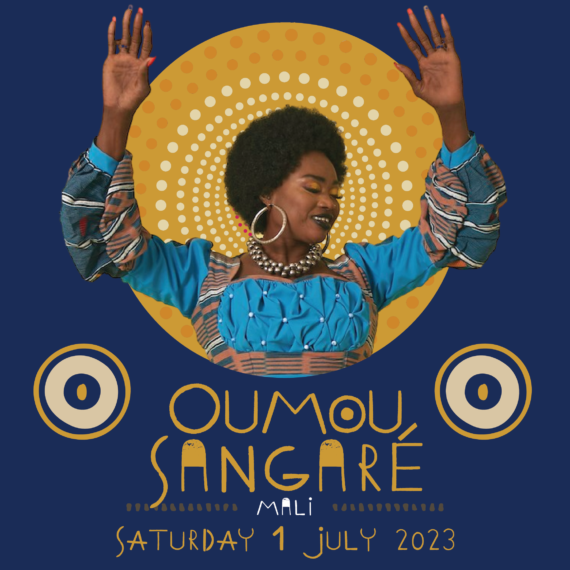U Tanneber | Festa Sabar

“Sabar” refers to a significant repertoire of dance and percussion in the Wolof culture of Senegal. The term can indicate the musical event, the family of drums used, and the specific musical and choreographic repertoires of this tradition.
Within the Sabar percussion ensemble, each drum has a specific name (thiol, tungune, mbeung mbeung, nder), often accompanied by the “tama,” also known as the “talking drum” due to its ability to produce expressive gliding sounds. In the Sabar tradition, musical phrases represent the translation of verbal phrases of epic and ritual significance onto the drums, predating the Islamization of Senegal in the 19th century. Sabar is an integral part of Wolof culture, and performances take place in various contexts, from simple celebrations to important life cycle rituals.
Mbar Ndiaye (Senegal), particularly skilled in Sabar, began playing at around 16 years old in the religious school he attended and during ceremonies in the city of Djourbel, Senegal. He has collaborated with significant artists in the Mbalax music genre and has traveled to various countries for festivals and performances.
Ady Thioune (Senegal) comes from a renowned Ngwel family in Senegal, deeply knowledgeable about Senegalese musical traditions. He is passionate about spreading the teachings and techniques of the Tama drum, which he continues to do with dedication.
Abdou Khadre Diop (Senegal), originally from Dakar, grew up in the heart of the Guediawaye neighborhood. He started his dance training at the age of 6 and has become a professional dancer, performing with various ballets in Senegal and receiving a dance diploma from the Ballet of Tunis.
Sourakhata Dioubate (Guinea), an ambassador and master of Guinean music and dance, hails from a Griot family. He began learning his art from his mother at the age of 6 and has worked with numerous artists and projects worldwide. He has collaborated with renowned figures like Mamady Keita and has played a key role in cultural events in Italy.



